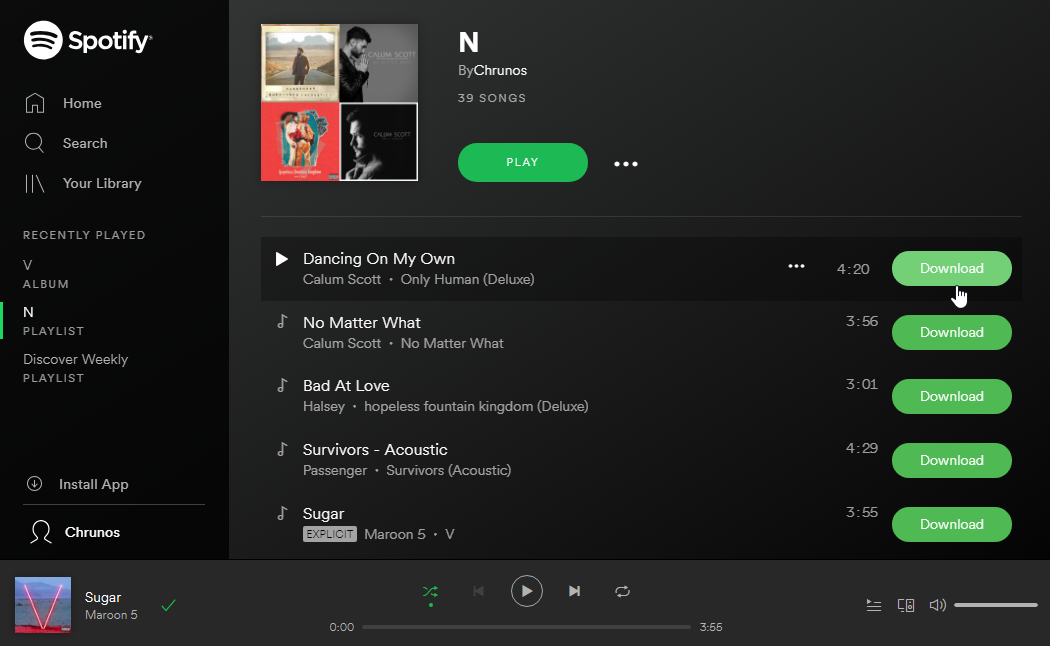


For example, having the sprite say or think something changes the appearance of the sprite, so these blocks are included in the Looks category.
Looks: The blocks listed here change the appearance of the sprite. Motion: These blocks are used to move the sprite around the screen. If the shapes fit together, then they will work together. This gives you a clue about which blocks can be snapped together and which blocks can't be snapped together. Notice that the blocks have different shapes. The stage has one, too, and this is a good place to put scripts that apply to all sprites, as well as background-specific scripts. The stage also has its own Sounds tab.Įach sprite that you create will have its own scripting area. The Sounds tab is where different sounds and pieces of the music a sprite can use are created. When writing scripts for the staging area (referred to as the stage), this tab becomes the background tab. The Costumes tab is where all of the poses or looks a sprite can have are created. The Scripts tab is where you will drag and drop the blocks that make up the script(s) your sprite(s) will follow. Within the scripting area, there are three tabs: Figure 1 shows where each of those areas is located, and Table 1 provides more details about each area. Scratch has a very simple programming environment, made up of five main areas. It might be more fun to open up Scratch and just start playing around! Then, you can refer back to the reference materials when you need help or get stuck. 
However, you do not have to sit down and read all this material in advance. In addition to our own user guide, the Getting Started with Scratch guide and Scratch Reference Guide contain a lot of useful information.

Be sure you have permission to install the program on the computer you are using. All you need to do is go to theĪnd follow the simple instructions there to download and install Scratch for free. Scratch is a free, easy-to-use programming language from MIT that you can use to make all sorts of animated stories, art, music, and even interactive games. Information about the most recent version of Scratch is available at the MIT Scratch website. Additional tutorials are available on the download page. This user guide was written for Scratch version 1.4, which is available at the Scratch 1.4 download page.








 0 kommentar(er)
0 kommentar(er)
